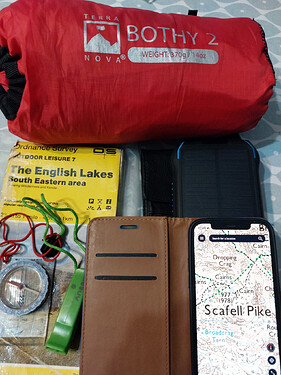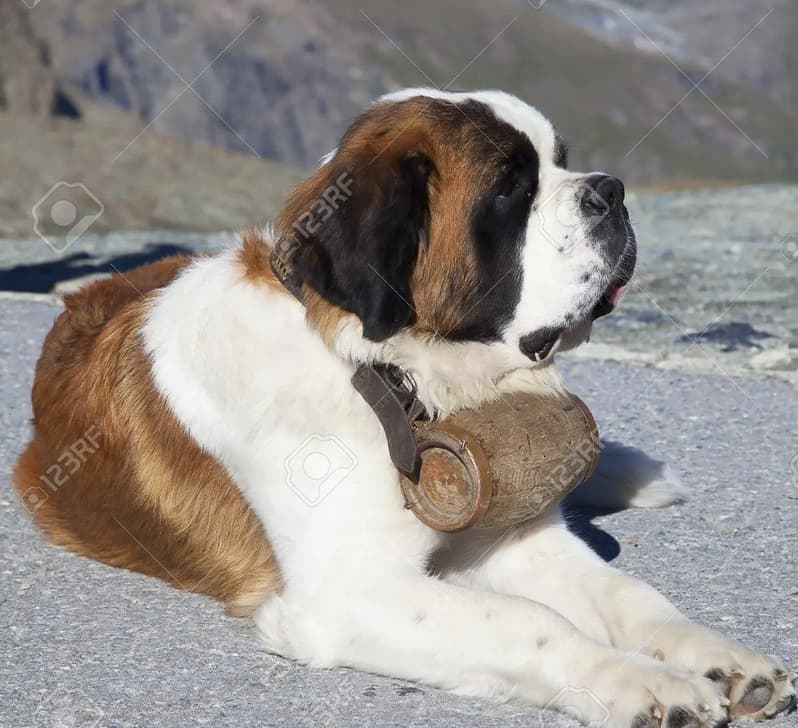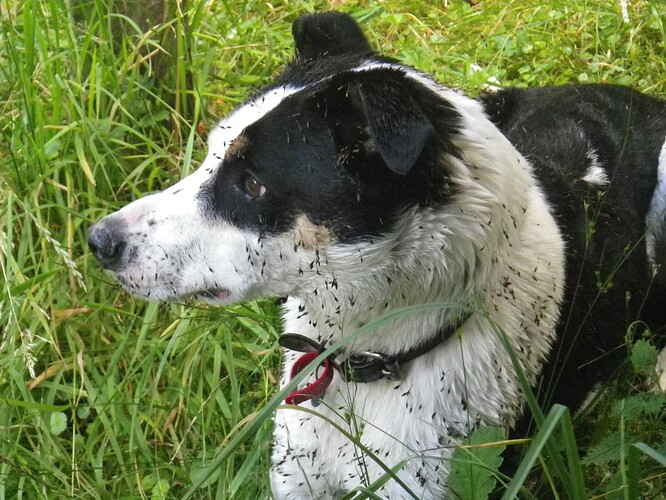In winter:-
Caveat:- I’d be unlikely to carry this kit in my own local North York Moors, or perhaps the Pennine Hills. Some judgement has to be made in deciding what likely weather conditions you might be faced with).
Survival bag ( big bright & light orange plastic bag) weights next to nothing. Not carried if I am expecting to carry& use my Bothy bag.
Paper map - sometimes small section & laminated. In winter Scotland or Norway I have carried a spare - I’ve had one blown out of my hand in a white out in the Cairngorms.
Magnetic Compass. Both these items I carry - its surprising how easy it is to become disorientated even if you know a particular area like well. Maps don’t run out of power.
Whistle.
lightweight Goretex overmitts &/or spare pare of gloves - (depending on activity)
Spare lightweight waterproof jacket and/or thin down jacket/gillet depending on WX.
Two head torches (Carrying spare batteries, is in my view not always practical as bad weather makes changing small batteries somewhat of a problem.).
Ice Axe & Crampons only if the conditions under foot are likely to need them. IE icy snow. ( Rarely needed on English/Welsh hills unless you were intent on a proper winter climb). Or skis along with skins, waxes and screw driver +glue.
Unless I lead a group I never carry a 1st aid kit. Offhand I can’t think of an incapacitating injury that I would likely sustain which would benefit from a 1st aid kit.
Likewise I rarely take extra/spare food. A sandwich will last me all day.
Note: It is no coincidence that the major part of British Mountaineering Council, Mountain Leader training & assessment is navigation as this is probably the most important aspect of keeping safe on the hills. . The assessment is pretty tough - at least two nights out, navigating in or around featureless terrain in the dark and having to locate the most minor of features such as minor re-entrants, small knolls, rises or depressions, cairns, small water features, etc., If you can’t count your paces to estimate distance, or don’t know how long will take you to walk a given distance, then you are unlikely to pass.
You are NOT allowed to use a phone/satnav/altimeter etc., etc.,


